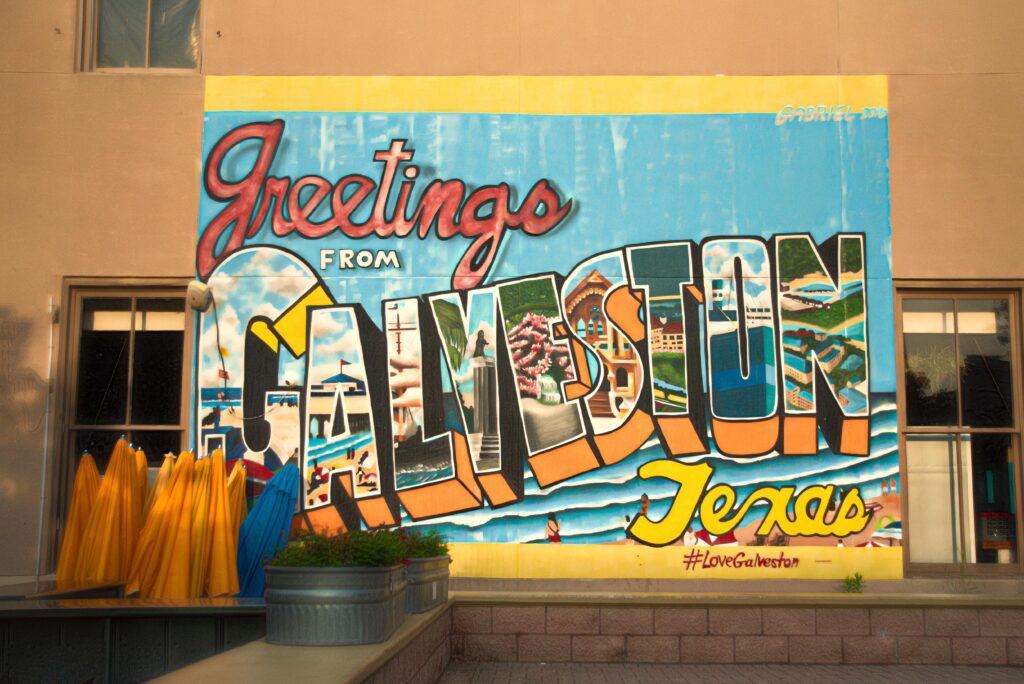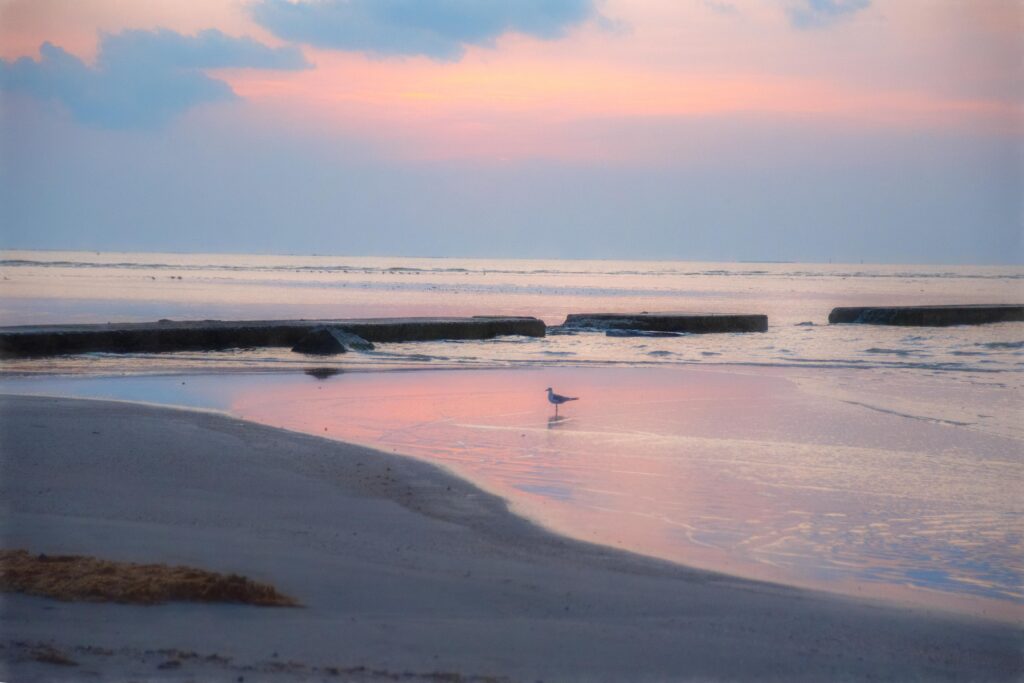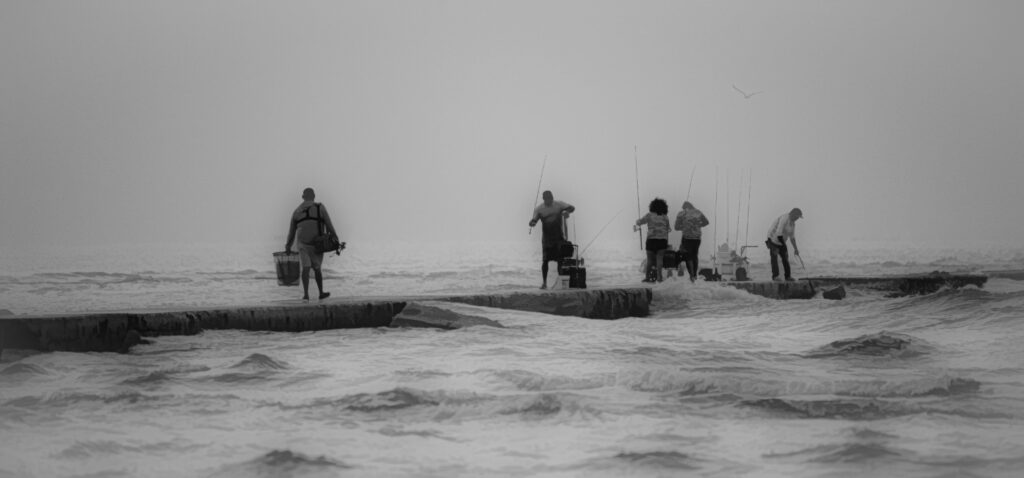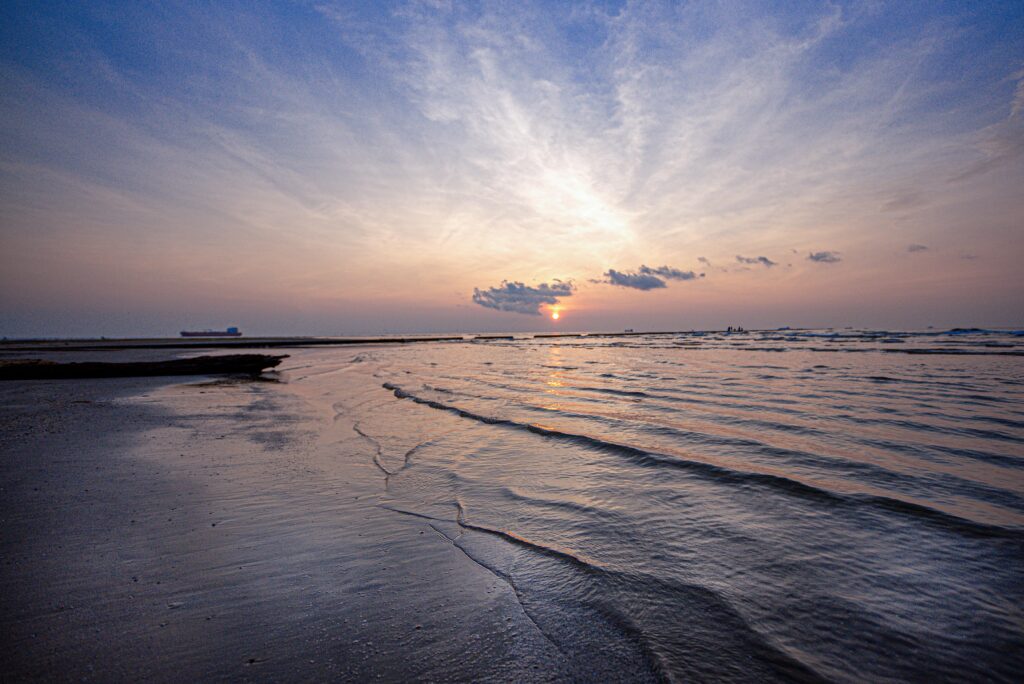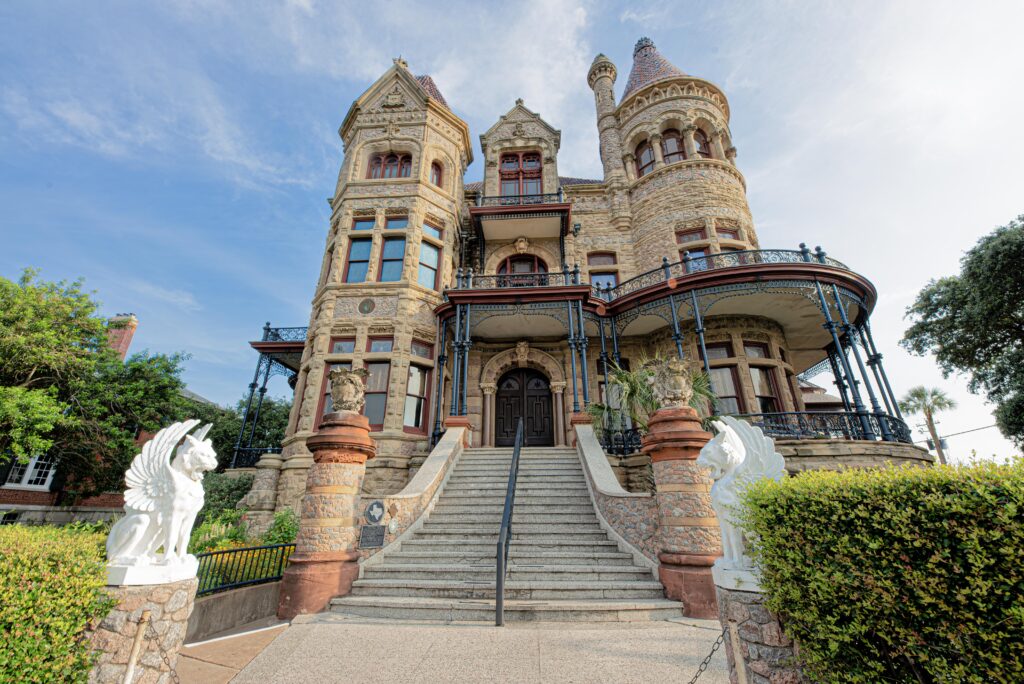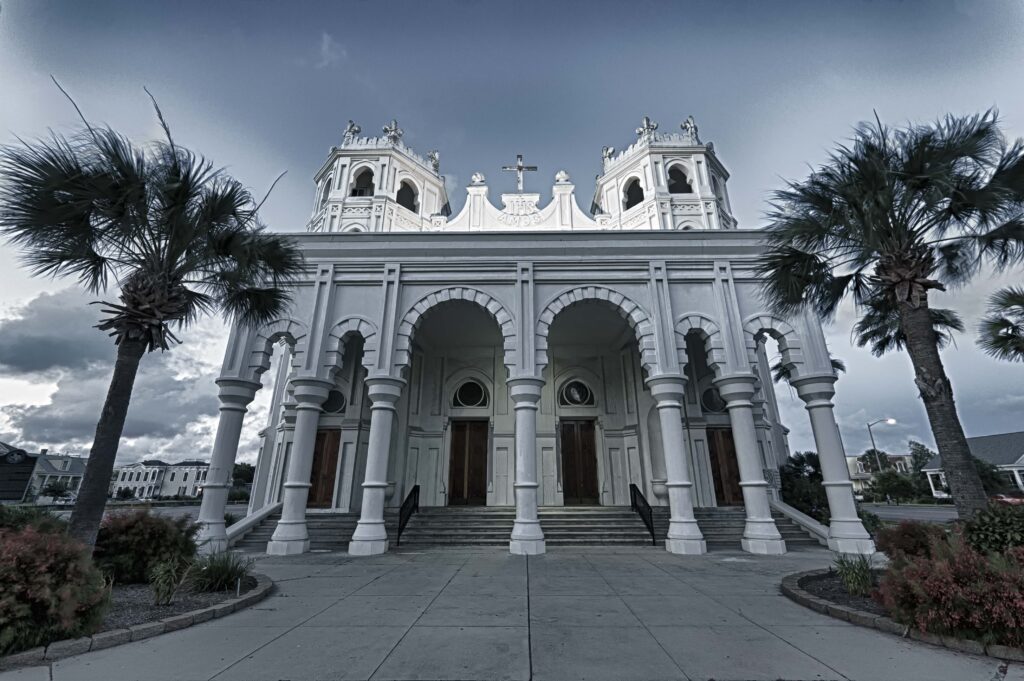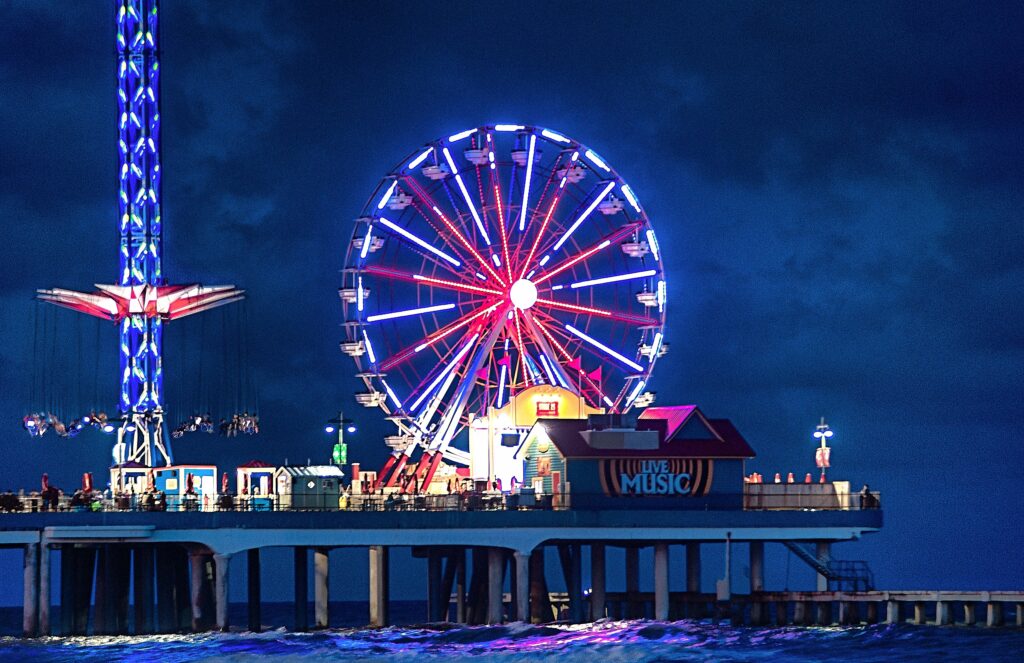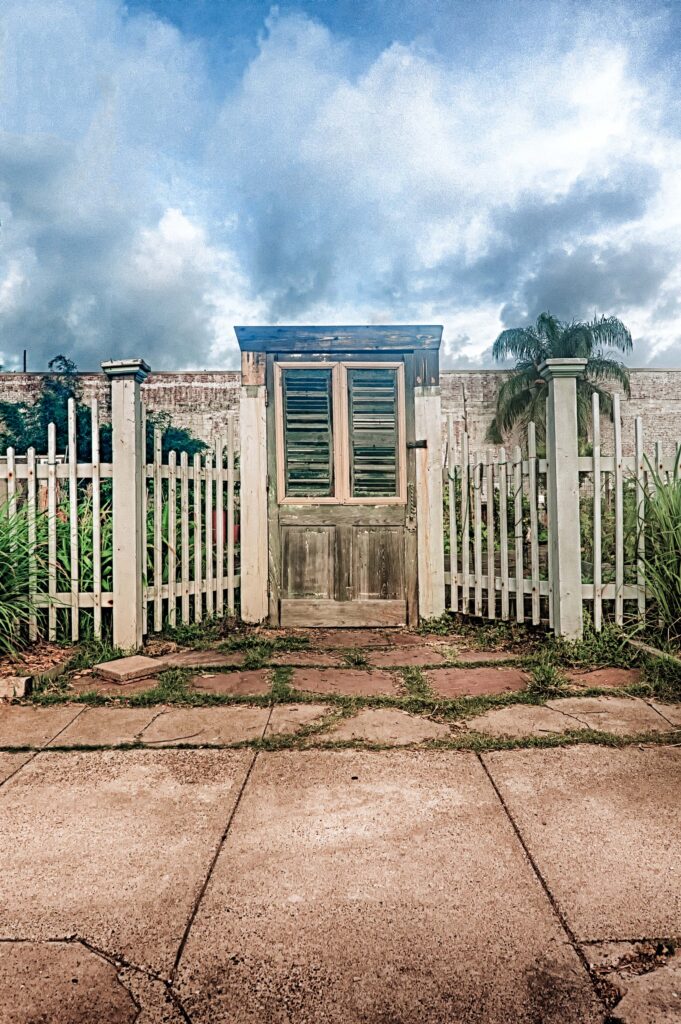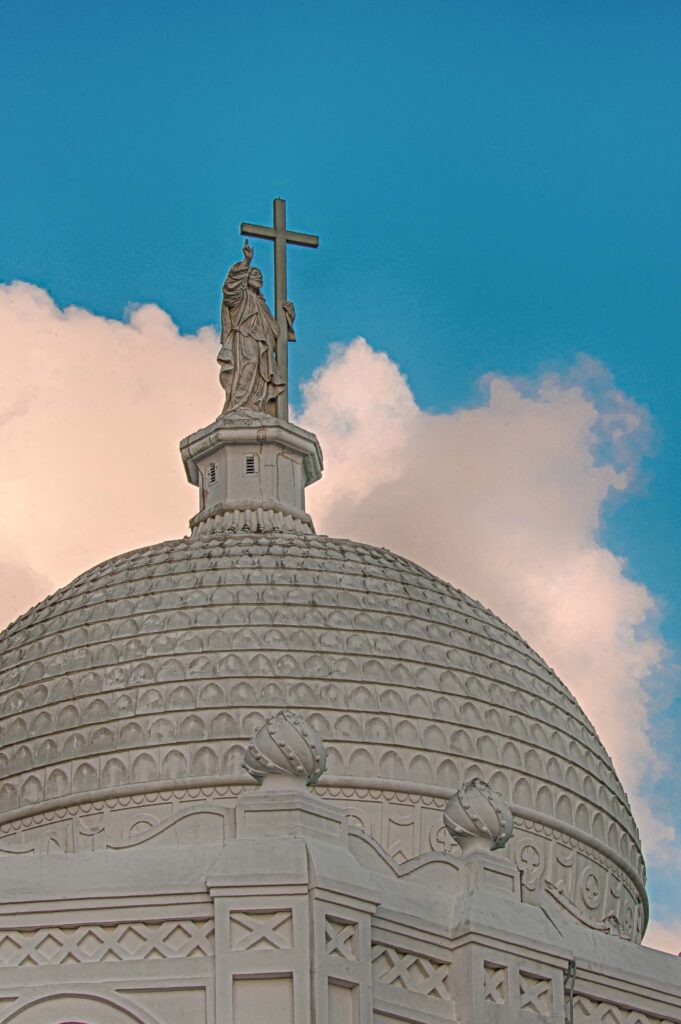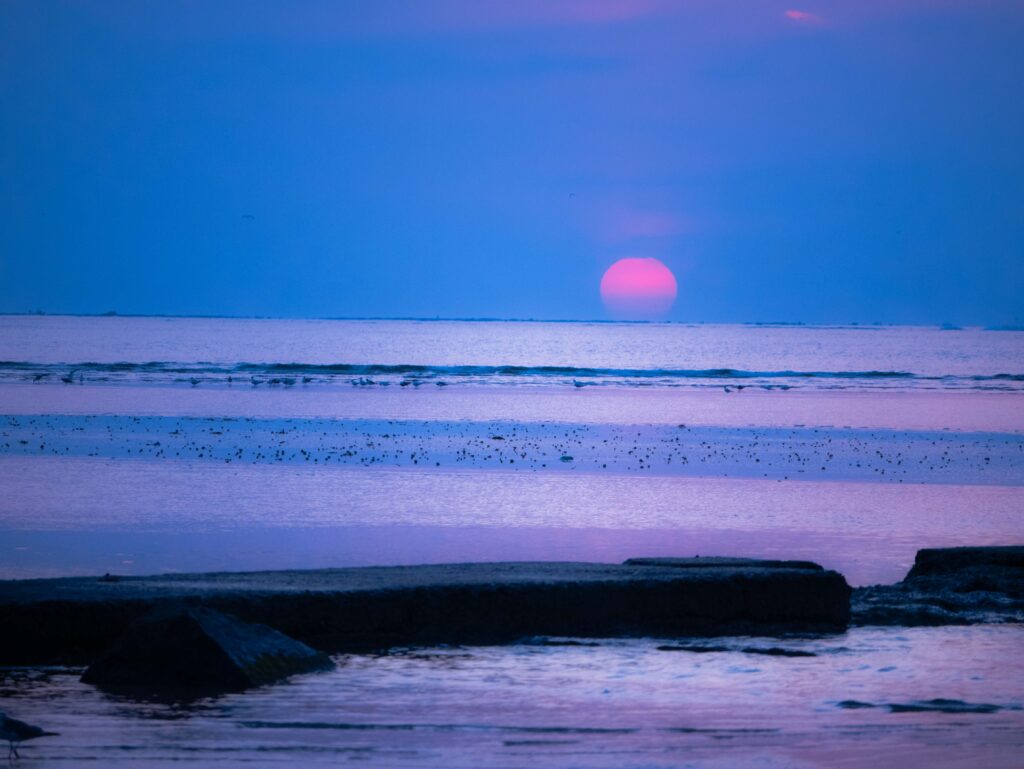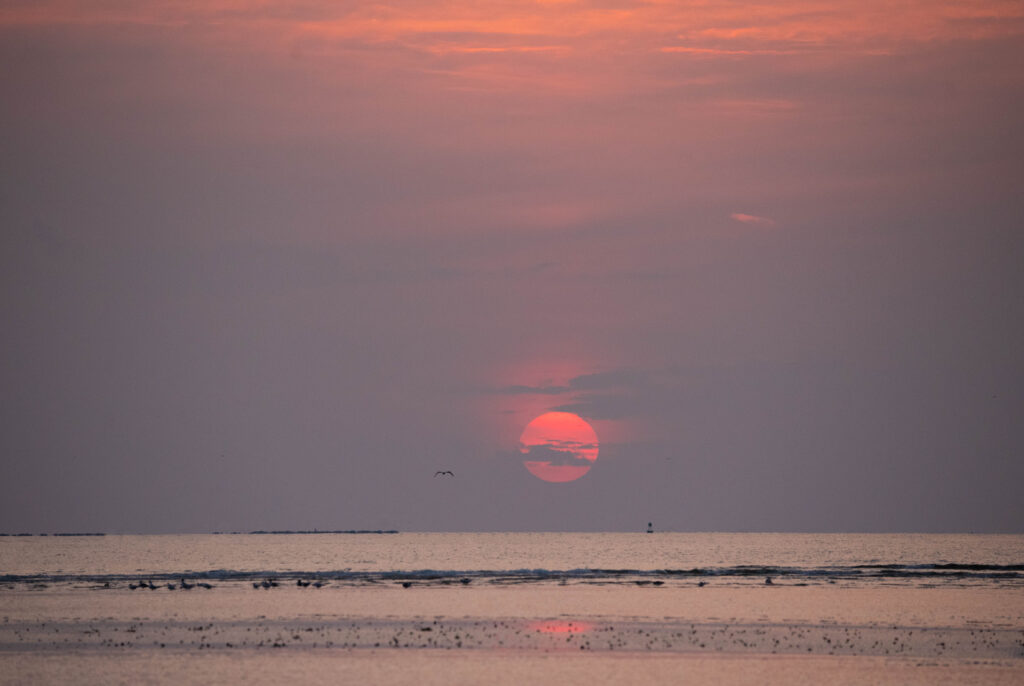FOCUS ON THE BACKROADS: GALVESTON, TEXAS
Galveston was named after Bernardo de Gavez y Madrid, an 18th Century Spanish military/political leader. Galveston’s first settlements were built in 1816 by French pirate Louis-Michel Aury, on Galveston Island, to help Mexico’s fight for independence from Spain. When Aury returned, in 1817, from unsuccessful raids against Spain, he found that the pirate Jean Lafitte occupied Galveston and had organized it into a pirate kingdom called Campeche, and had anointed himself the island’s head of government. In 1821 the United States Navy forced Lafitte and his men off the island. After Mexico won independence, 1825 the Port of Galveston was established. During Texas Revolution in 1836 it served as the main port for the Texas Navy. In 1839, the city of Galveston adopted a charter and was incorporated by the Congress of the Republic of Texas and later would serve a temporary national capital of the Republic of Texas.
During the 19th century, Galveston became a major U.S. commercial center and one of the largest ports in the United States. It was known as the “Queen City of the Gulf” and was the largest city in Texas. In 1900, Galveston was devastated by the “Galveston Hurricane of 1900”. With an estimated death toll somewhere between 6,000 and 8,000 people it is still ranked today as the deadliest natural disaster in U.S. history. During the Prohibition era (1919 to 1933) it became a center for illegal gambling, and was nicknamed the Free State of Galveston.
During World War II, the Galveston Municipal Airport was re-designated a US Army Air Corps base and named Galveston Army Air Field. In 1943 the air field was officially activated with the 46th Bombardment Group, serving as an anti-submarine role in the gulf of Mexico. After the war with the reduction of the military’s investment on the island and the states government campaigns to disrupt gambling and prostitution in the city, the economy and tourism crashed. Many of the business relocated off the island to other cities such as Houston.
In the 1950’s efforts began to preserve many of historic building, the Strand Historic District and other areas and a more family-oriented tourism began to emerge. In the 1960 there was an expansion of higher education in Galveston which became the home of the University of Texas Medical Branch, the Texas Maritime Academy, and Galveston College.
Galveston has six historical districts with over 60 structures that are listed – representing architectural significance in the national Register of Historic Places. The American Institute of Architects list the Bishop’s Palace as one of the 100 most significant building in the United States. The Library of Congress has classified it as one the fourteen most representative Victorian structures in the U.S.
When visiting Galveston, you can not only “dip your toes in the ocean, you can visit one of the most historical cities in the United States. Then before you leave town you can visit the Strand District and buy a real cool T-shirt that says………”I visited Galveston and bought you this cool t-shirt THEN DECIDED TO KEEP IT!
Galveston, oh Galveston
I still hear your sea waves crashing
While I watch the cannons flashing
I clean my gun
And dream of Galveston. From Galveston by Glen Campbell
